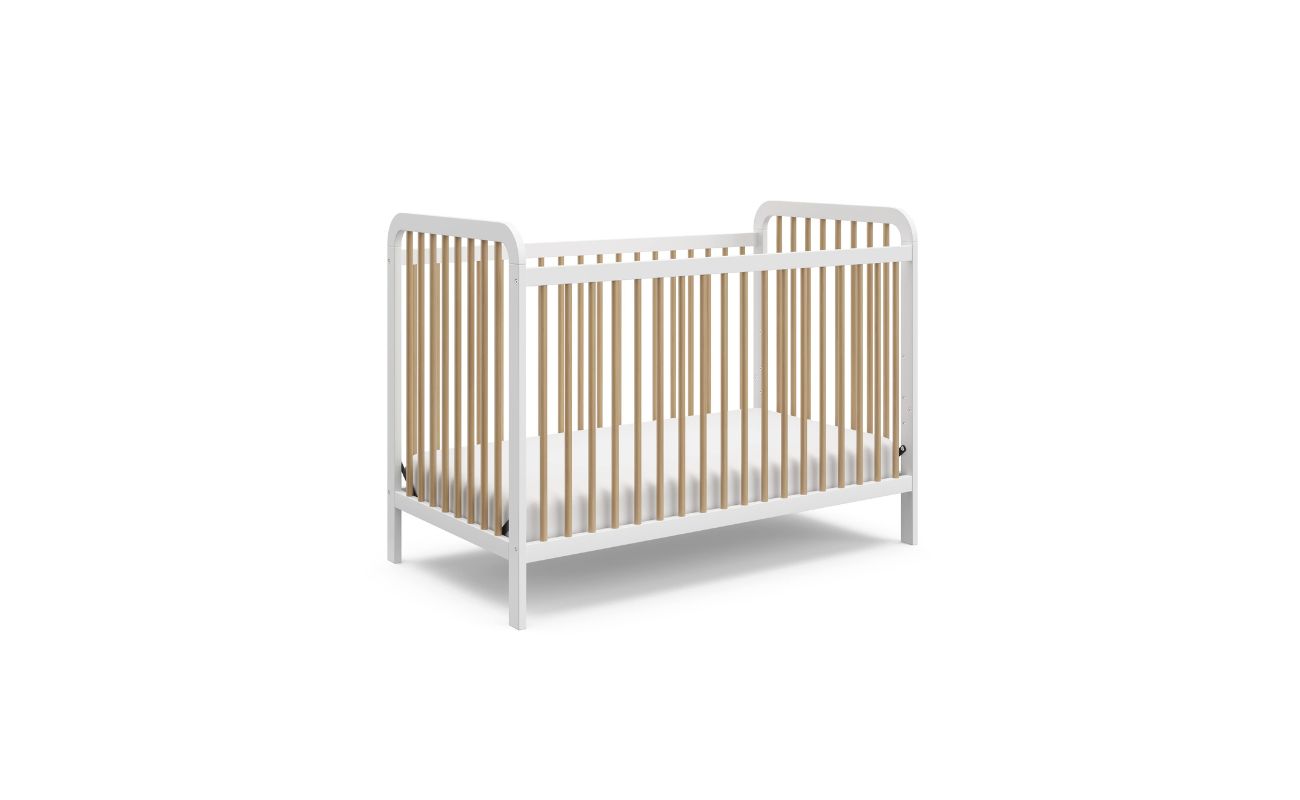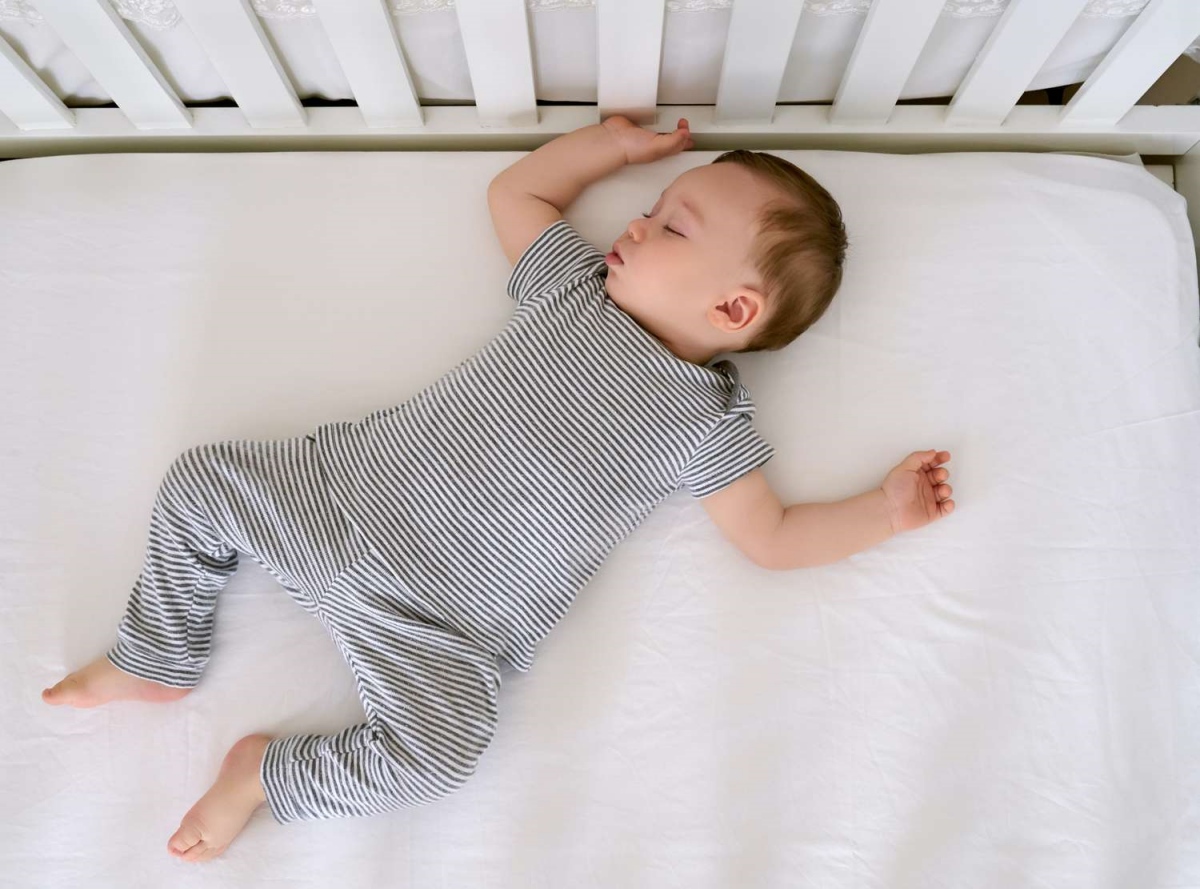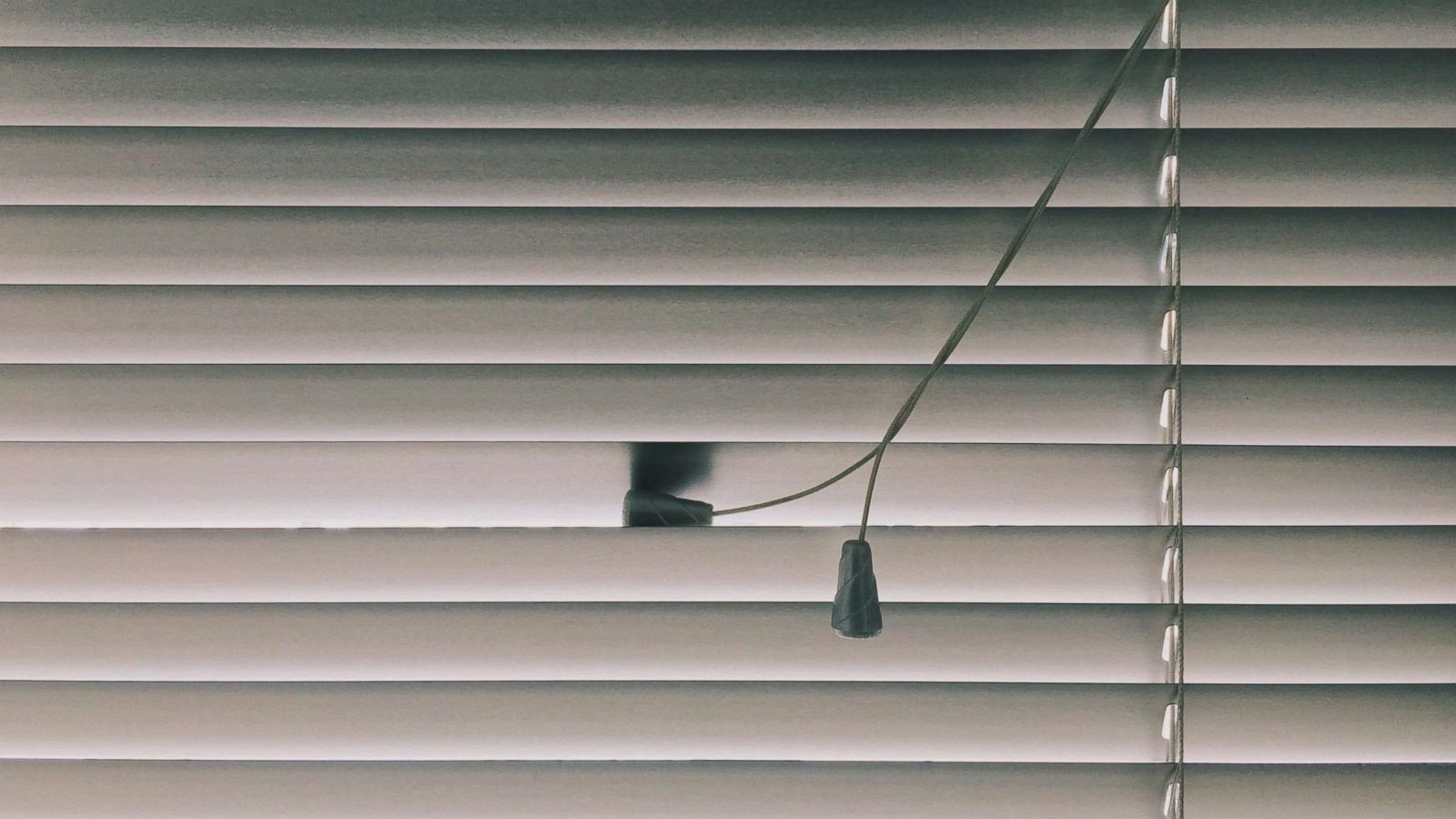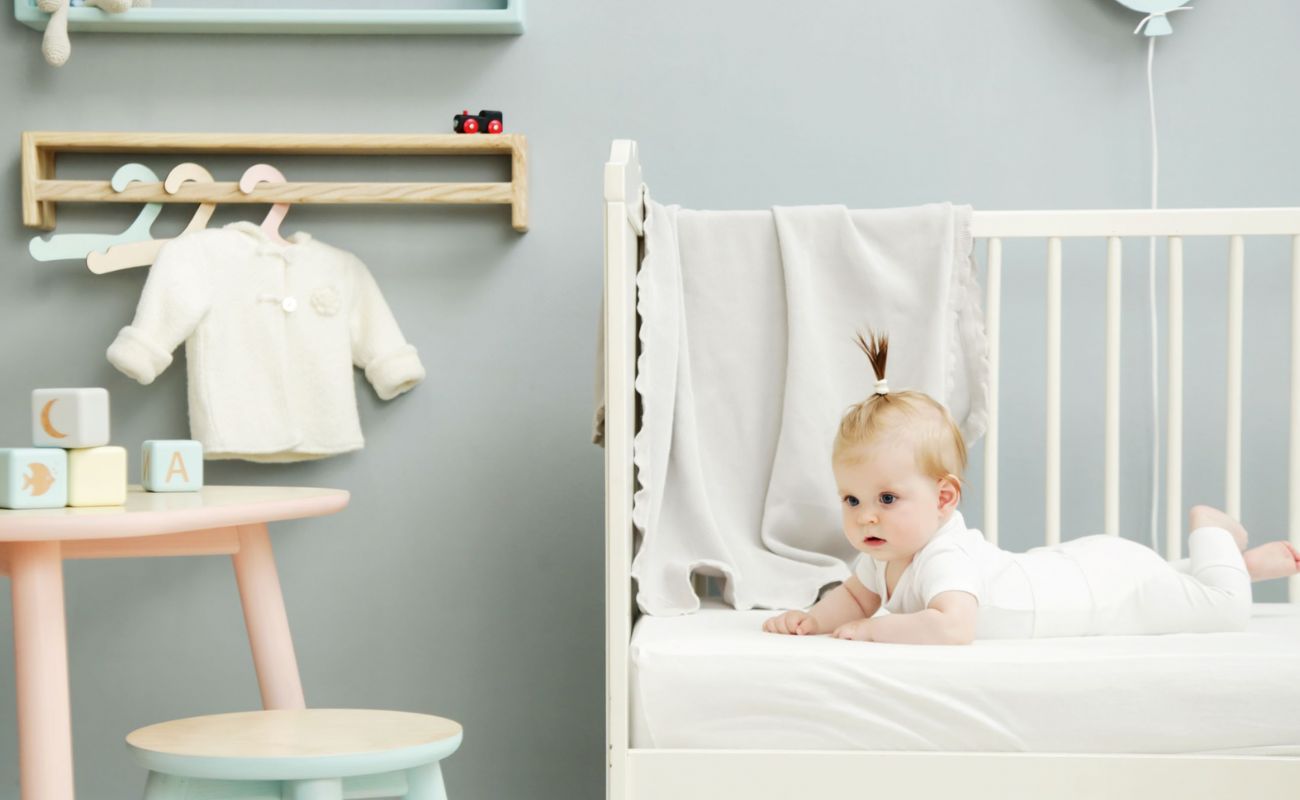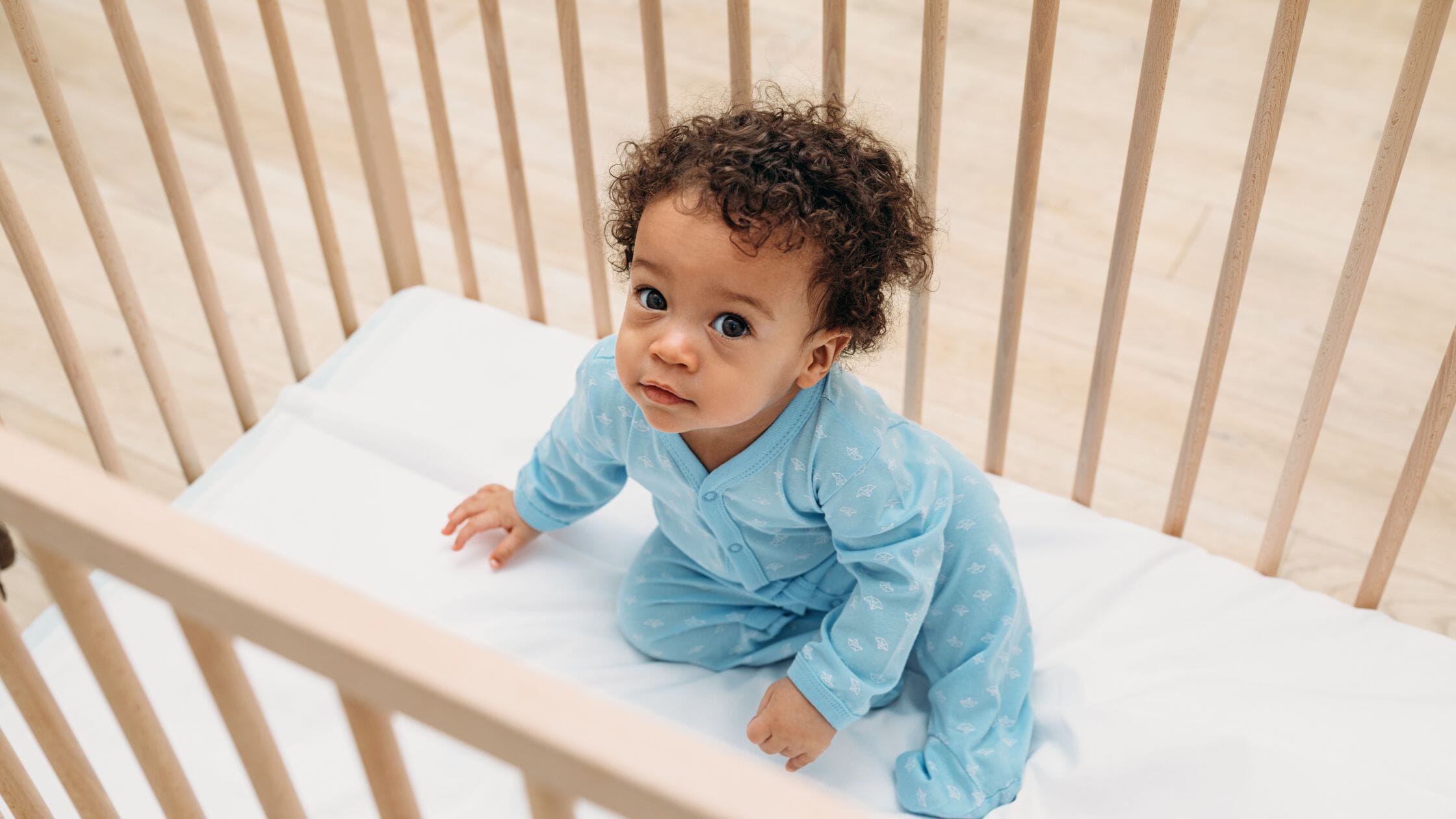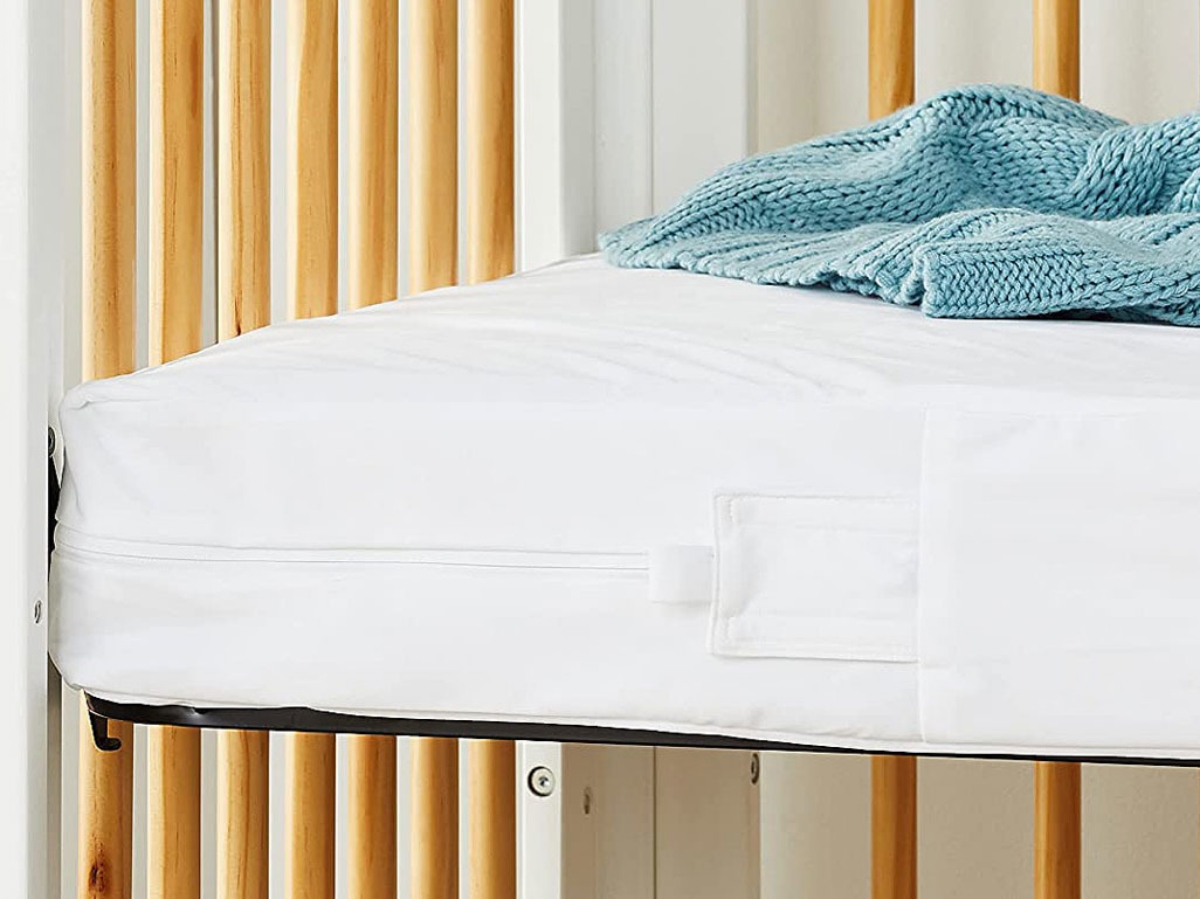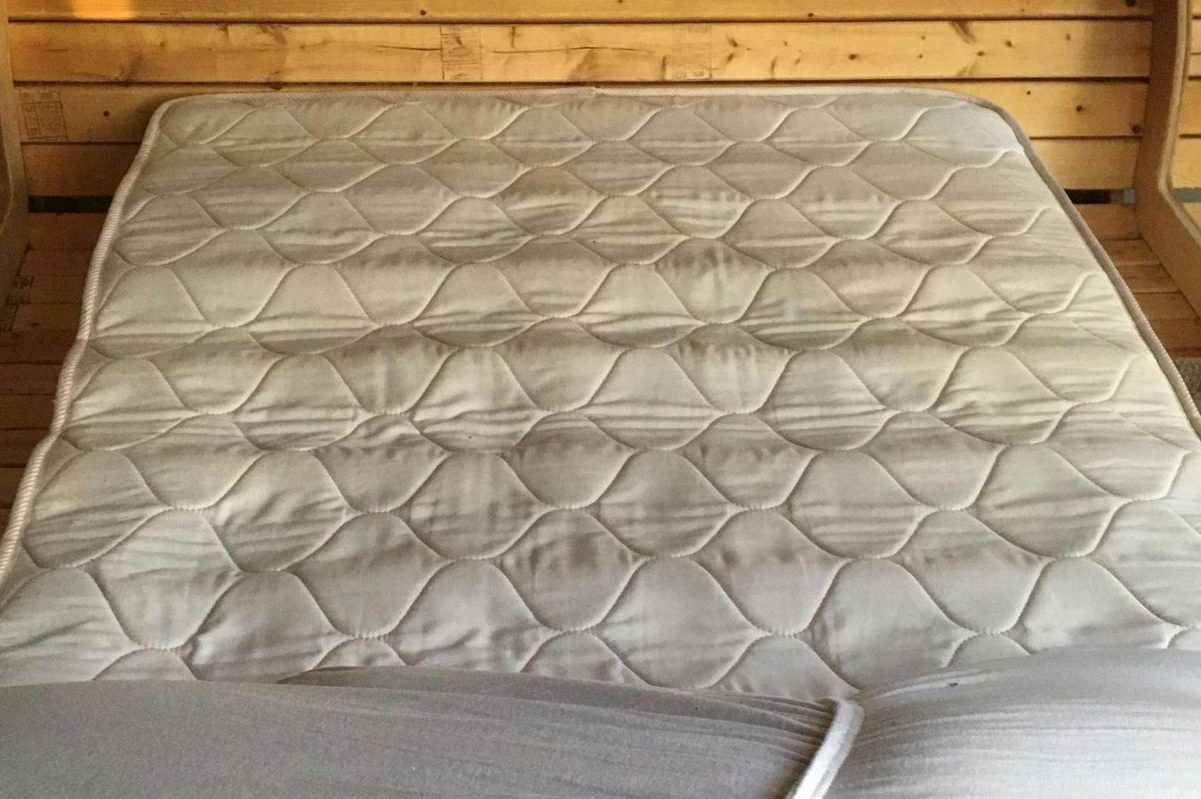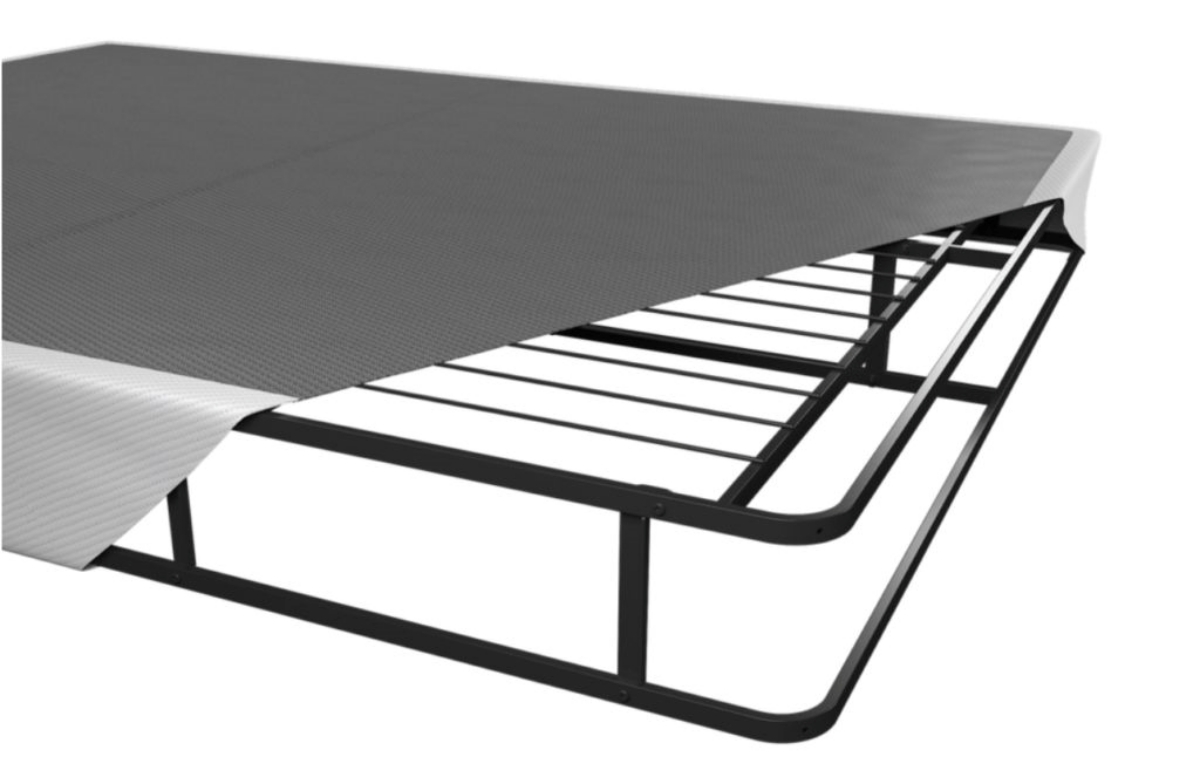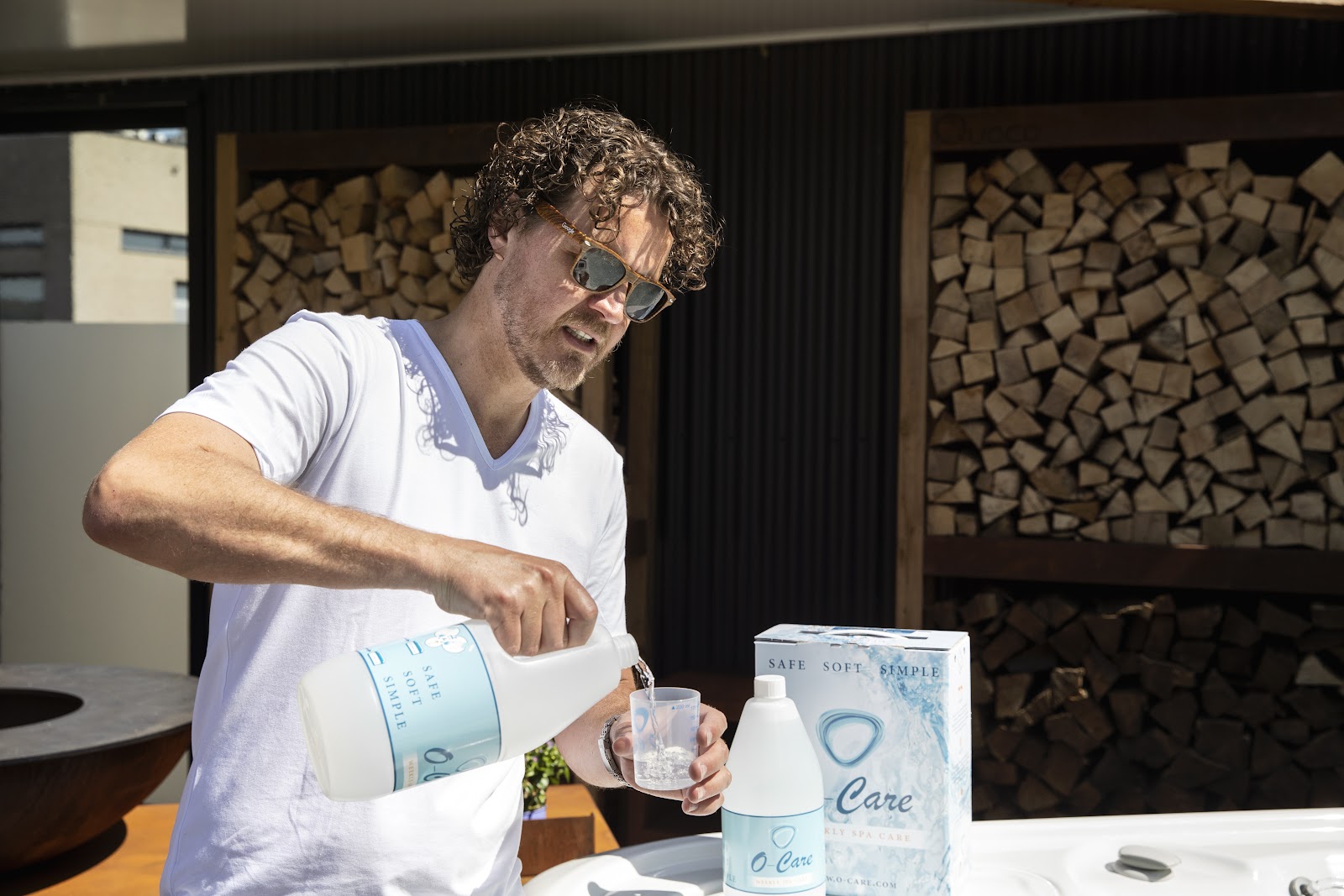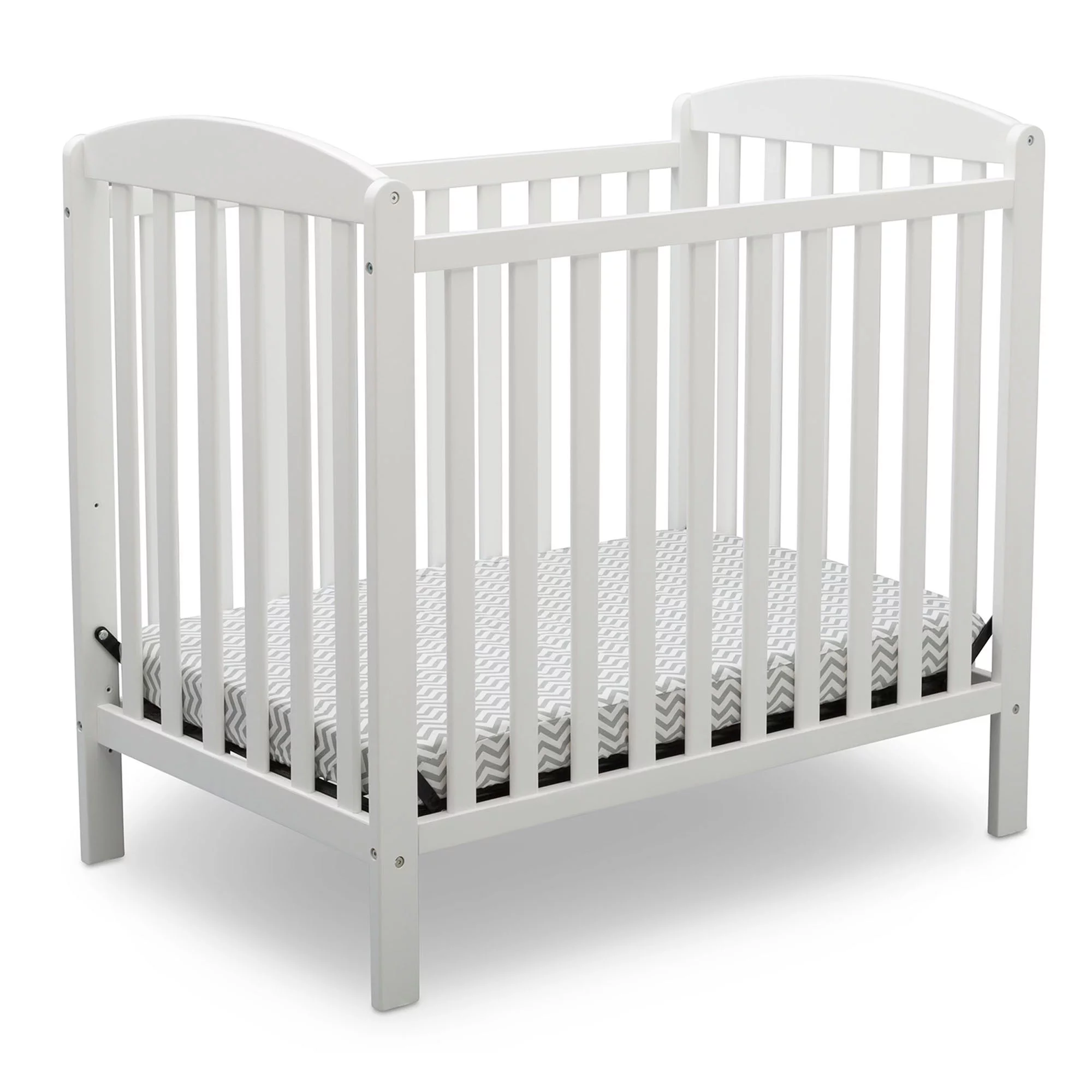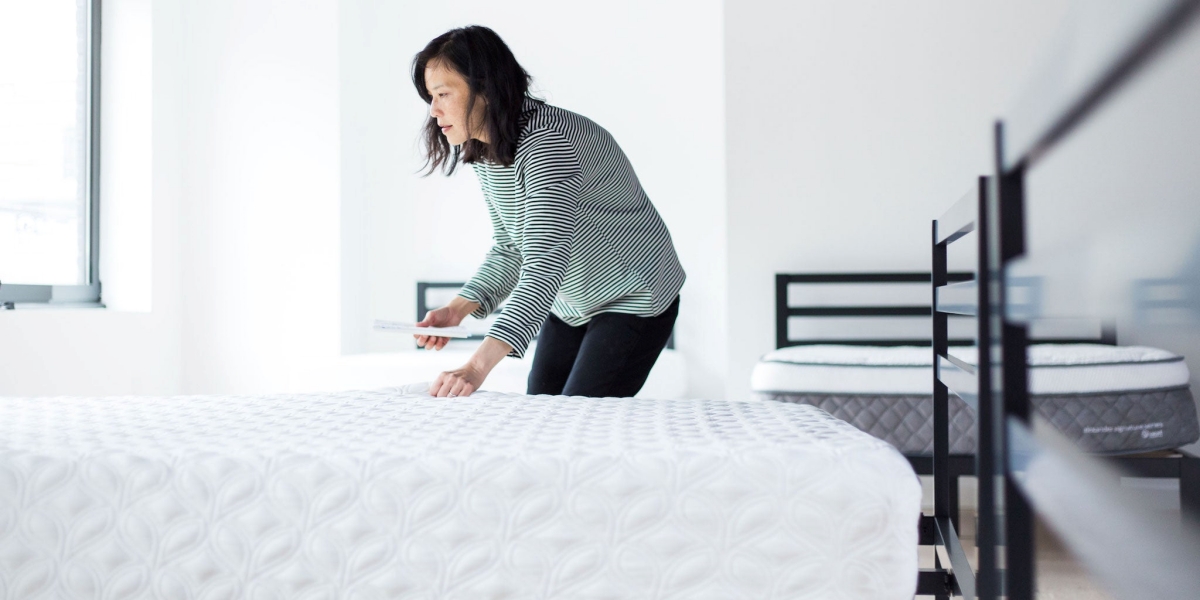Home>Furniture>Bedroom Furniture>When Do You Lower The Crib Mattress
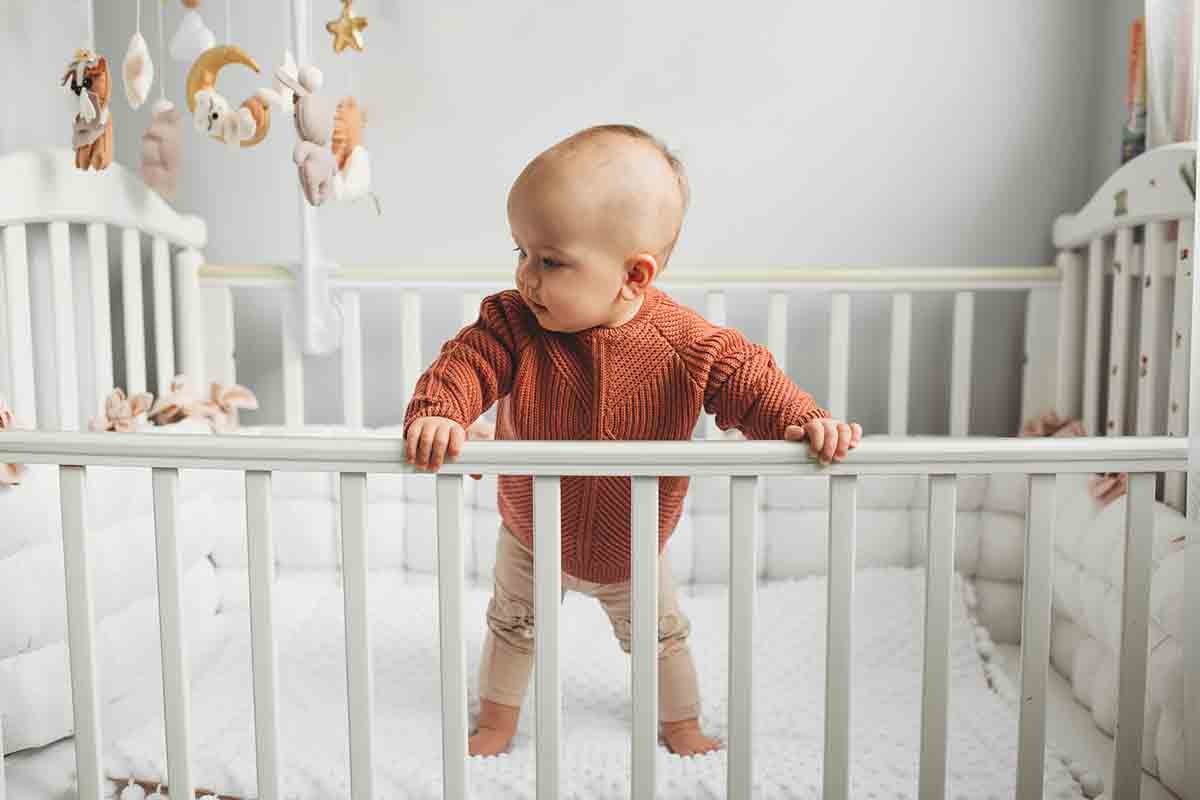

Bedroom Furniture
When Do You Lower The Crib Mattress
Modified: August 16, 2024
Find out when it's time to lower the crib mattress for your little one's safety. Shop our selection of bedroom furniture for the perfect crib in your desired style and design.
(Many of the links in this article redirect to a specific reviewed product. Your purchase of these products through affiliate links helps to generate commission for Storables.com, at no extra cost. Learn more)
Introduction
Welcome to our comprehensive guide on when and how to lower the crib mattress. As parents, ensuring the safety and comfort of our little ones is of utmost importance. One important aspect of this is making sure that the crib mattress is set at the appropriate height as our babies grow and develop.
As babies start to become more active and inquisitive, it becomes necessary to lower the crib mattress. This adjustment not only prevents them from climbing out of the crib, but it also reduces the risk of accidental falls and injuries.
In this article, we will explore the factors that indicate the need to lower the crib mattress and provide you with a step-by-step guide on how to make this adjustment. We will also discuss some important safety precautions to keep in mind throughout the process. So, whether you are a first-time parent or have a growing family, this article will serve as a valuable resource to help you create a safe and comfortable sleeping environment for your little one.
Key Takeaways:
- Lowering the crib mattress is crucial for your baby’s safety as they grow and become more mobile. It prevents climbing attempts, accidental falls, and promotes a secure sleeping environment.
- Keep an eye out for signs that indicate the need to lower the crib mattress, such as climbing attempts or reaching the height limit. Follow the step-by-step guide and safety precautions for a safe and comfortable sleeping environment.
Read more: When To Flip Crib Mattress To Toddler Side
Understanding the Importance of Lowering the Crib Mattress
Lowering the crib mattress is a crucial step in ensuring your baby’s safety as they continue to grow and develop. As babies become more mobile and start to explore their surroundings, it is common for them to attempt to climb out of the crib. By lowering the mattress, you can help prevent your little one from falling and getting hurt.
The American Academy of Pediatrics (AAP) recommends lowering the crib mattress when your baby starts to show signs of being able to pull themselves up or when they reach the height of 35 inches. This ensures that the crib is at the appropriate height to prevent climbing over the railings. It’s important to note that every child develops at their own pace, so it’s essential to monitor your baby’s progress and adjust the mattress accordingly.
Lowering the crib mattress not only prevents falls but also promotes a safe sleeping environment. As babies grow, they become more active during sleep, which can lead to rolling and flipping over. By having the mattress set at a lower height, you reduce the risk of your baby’s head getting trapped between the top of the crib and the mattress. Additionally, a lower mattress position provides better support for your baby’s developing motor skills, allowing them to sit up, stand, and eventually cruise along the crib rails safely.
Another advantage of lowering the crib mattress is that it discourages your baby from using the crib railings as a step stool. This can prevent accidents such as climbing out of the crib and potentially falling, which can be especially dangerous if the crib is positioned near any hard or sharp objects. By maintaining the appropriate height, you create a secure and contained sleep environment for your little one, promoting not only safety but also better quality sleep.
Overall, understanding the importance of lowering the crib mattress is essential for the safety and well-being of your baby. By being vigilant and proactive in monitoring your baby’s development and adjusting the mattress height accordingly, you can provide a secure and comfortable sleeping environment that supports their growth and exploration.
Signs that Indicate the Need to Lower the Crib Mattress
Knowing when to lower the crib mattress is crucial for your baby’s safety. While specific milestones and developmental cues may differ from child to child, there are some general signs that indicate a need to adjust the mattress height. By being aware of these signs, you can ensure that your baby’s crib remains a secure and comfortable space. Here are some key indicators that it’s time to lower the crib mattress:
- Baby is attempting to climb out of the crib: As your baby grows stronger and more mobile, they may start attempting to climb over the crib railings. This is a clear indication that the mattress needs to be lowered to prevent falls and injury. Pay attention to your baby’s behavior during playtime or naptime, and if you notice any climbing attempts, it’s time to make the adjustment.
- Baby is about to reach the height limit: Most cribs come with a recommended height limit from the manufacturer. As your baby approaches this limit, it’s important to lower the mattress to ensure they can’t climb out or accidentally topple over the crib railings. Remember to refer to the manufacturer’s guidelines and adjust the mattress height accordingly.
- Baby can pull themselves up to a standing position: Around the age of 6 to 9 months, many babies develop the strength to pull themselves up to a standing position while holding onto the crib rails. This is a strong indication that the crib mattress should be lowered to minimize the risk of your baby falling over the railings.
- Baby is showing increased mobility and attempting to escape the crib: Some babies may become more adventurous and start trying to escape the crib by climbing or maneuvering themselves out of the crib. This behavior not only puts your baby at risk of injury but also disrupts their sleep routine. Lowering the crib mattress can help deter these escape attempts and maintain a secure sleeping space for your little one.
Remember, every baby is different, and these signs may manifest at different ages and stages of development. It’s important to be attentive to your baby’s behavior and adjust the mattress height accordingly. By staying proactive and taking note of these signs, you can ensure that your baby’s crib remains a safe and secure place for peaceful sleep and exploration.
Lower the crib mattress when your baby starts to sit up or pull themselves up. This prevents them from climbing out and reduces the risk of falls.
Step-by-Step Guide on Lowering the Crib Mattress
Lowering the crib mattress is a relatively simple process that can be done with a few easy steps. Here is a step-by-step guide to help you navigate through the process:
- Start by ensuring that the crib is empty. Remove any toys, blankets, or objects from the crib to create a safe and clutter-free environment.
- Check the manufacturer’s instructions for your specific crib model. Some cribs have adjustable mattress heights that can be easily changed by removing or repositioning the mattress support brackets.
- Locate the mattress support brackets on the crib. These are usually metal or plastic bars that hold the mattress in place. They may be attached to the sides or the ends of the crib.
- Using a screwdriver or Allen wrench (depending on the type of fasteners used), carefully remove the screws or fasteners that secure the mattress support brackets to the crib. Set these aside in a safe place for later use.
- Gently lift the mattress and carefully lower it to the desired height. Make sure to align the mattress with the newly adjusted mattress support brackets before placing it back down.
- Once the mattress is in the correct position, reattach the mattress support brackets to the crib using the screws or fasteners you removed earlier. Tighten them securely but avoid over-tightening, as this may strip the screws or cause damage.
- Test the stability of the mattress by applying light pressure to different areas. Ensure that it is firmly in place and doesn’t move or wobble.
- Double-check that all screws and fasteners are securely tightened, and there are no loose parts or sharp edges that could pose a safety hazard.
Congratulations! You have successfully lowered the crib mattress to the appropriate height. Remember to regularly check the stability of the mattress and make any necessary adjustments as your baby continues to grow and develop.
It’s important to note that the specific steps and methods may vary depending on your crib model. Always refer to the manufacturer’s instructions for the most accurate and relevant guidance. If you’re unsure or need assistance, don’t hesitate to consult with the manufacturer or a professional.
Safety Precautions to Consider
While lowering the crib mattress is an important step for your baby’s safety, it’s essential to take certain precautions to ensure that the crib remains a secure and hazard-free environment. Here are a few safety precautions to consider:
- Follow the manufacturer’s instructions: Always refer to the manufacturer’s guidelines and instructions when adjusting the crib mattress height. They will provide specific details and recommendations for your crib model to ensure proper installation and safety.
- Check for stability: After lowering the mattress, check that it is securely in place and doesn’t wobble or shift. Ensure that the mattress support brackets are securely attached to the crib and tightened according to the manufacturer’s guidelines. Regularly inspect the crib for any loose parts or signs of wear and tear, and make any necessary repairs or replacements.
- Use a firm mattress: It’s important to provide your baby with a firm mattress that fits snugly in the crib. Do not use a mattress that is too soft or saggy, as it can increase the risk of suffocation or Sudden Infant Death Syndrome (SIDS).
- Keep the crib free of clutter: Remove any pillows, blankets, stuffed animals, or other loose items from the crib when your baby is sleeping. These items can pose suffocation hazards. Instead, dress your baby in appropriate sleep attire and use a sleep sack or swaddle to keep them warm.
- Ensure proper ventilation: Make sure that the crib is positioned away from drafty areas, vents, windows, and cords to prevent your baby from becoming too hot or entangled. Maintain a comfortable room temperature and consider using a monitor to keep an eye on your baby’s sleeping environment.
- Monitor your baby closely: Lowering the crib mattress doesn’t mean you can be complacent. It’s important to monitor your baby closely, especially during the transition period. Keep an eye out for any new behaviors or signs of distress that may indicate discomfort or difficulty adjusting to the new mattress height.
- Childproof the surrounding area: As your baby becomes more mobile, it’s important to childproof the room and ensure that there are no hazards nearby. Cover electrical outlets, secure furniture to the walls, and remove any sharp or potentially dangerous objects that your baby could reach if they were to climb out of the crib.
By following these safety precautions, you can create a secure and comfortable sleeping environment for your baby. Regularly evaluate the crib and mattress to ensure that they meet the safety standards and adjust as necessary to accommodate your baby’s development and mobility.
Read more: How Wide Is A Crib Mattress
Conclusion
Lowering the crib mattress is a crucial step in ensuring the safety and comfort of your growing baby. By being aware of the signs that indicate the need to lower the mattress and following a step-by-step guide, you can make the necessary adjustments with ease. Taking safety precautions, such as following the manufacturer’s instructions, ensuring stability, and keeping the crib free of clutter, will further enhance the safety of your little one’s sleeping environment.
Remember, every baby is different, and their development may progress at different rates. It’s important to be attentive to your baby’s cues and adjust the crib mattress height accordingly. By providing a secure and comfortable space, you can promote better sleep and reduce the risk of accidents and injuries.
As your baby continues to grow and explore, regularly check the crib and mattress for any signs of wear and tear and make any necessary repairs or replacements. Stay vigilant and monitor your baby closely during the transition period to ensure they are adjusting well to the new mattress height.
By lowering the crib mattress at the appropriate time and following the necessary safety precautions, you can create a safe and comforting sleeping environment for your little one. Sweet dreams!
Frequently Asked Questions about When Do You Lower The Crib Mattress
Was this page helpful?
At Storables.com, we guarantee accurate and reliable information. Our content, validated by Expert Board Contributors, is crafted following stringent Editorial Policies. We're committed to providing you with well-researched, expert-backed insights for all your informational needs.
